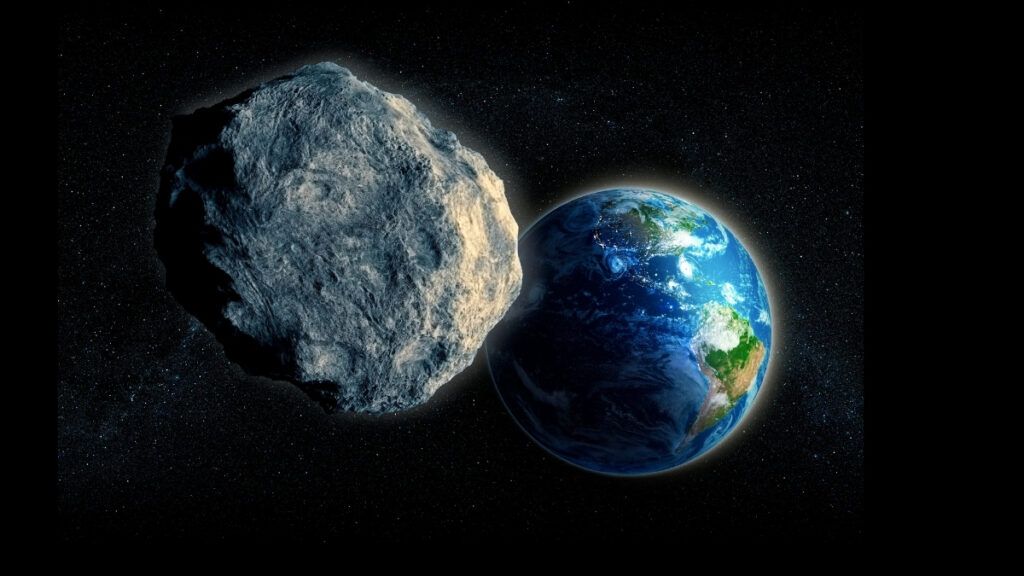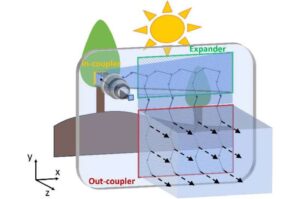
Recent research has revealed that certain regions of Earth are at heightened risk of being struck by interstellar objects (ISOs). Notably, three ISOs have been confirmed to have visited the inner Solar System: Oumuamua, the first observed in 2017; 2I/Borisov, which appeared in 2019; and currently, 3I/ATLAS, an interstellar comet. These findings underscore the possibility that many ISOs have passed through our Solar System over its 4.6 billion-year history, with some potentially colliding with Earth.
The study, titled “The Distribution of Earth-Impacting Interstellar Objects“, primarily authored by Darryl Seligman, an assistant professor in the Physics and Astronomy Department at Michigan State University, explores the risk of ISO impacts on Earth. The research emphasizes that while the Solar System has become more stable, the influx of ISOs remains constant, posing a significant impact threat.
This research does not attempt to quantify the number of ISOs but focuses on their expected distribution. According to Seligman and his team, “In this paper, we calculate the expected orbital elements, radiants, and velocities of Earth-impacting interstellar objects.” Their simulations reveal that ISOs are most likely to originate from regions associated with M-star kinematics, a term referring to the movement patterns of red dwarf stars, which are the most prevalent type of star in the Milky Way.
M-stars serve as the source for the majority of ISOs due to their numerical dominance. The researchers generated a synthetic population of approximately 10 billion ISOs with M-star kinematics, identifying around 10,000 potential Earth impactors. The simulations indicated that ISOs are twice as likely to approach Earth from two primary directions: the solar apex and the galactic plane. The solar apex refers to the direction in which the Sun is traveling relative to nearby stars.
ISOs approaching from these directions tend to have higher velocities. Interestingly, the subset of ISOs that could impact Earth typically moves slower, as they are more likely to be low-eccentricity hyperbolic bodies. The gravitational influence of the Sun plays a crucial role, capturing slower-moving objects and redirecting them into Earth-crossing trajectories.
The timing of potential impacts is also influenced by Earth’s seasonal position. The highest impact velocities are expected in the spring, as Earth moves toward the solar apex. Conversely, winter may present more frequent potential impactors, as the planet faces the solar antapex, the direction from which the Sun is moving away.
Geographically, low latitudes near the equator are identified as the most vulnerable areas for ISO impacts. There is also a notable risk in the Northern Hemisphere, home to nearly 90 percent of the global population. The authors clarify that their findings apply specifically to ISOs ejected from M-dwarf systems, noting that variations in kinematics could alter the distributions outlined in the study.
Despite the significant insights provided, the researchers emphasize that their work does not predict the exact number of ISOs, acknowledging the current limitations in measurement. “In this paper, we intentionally do not make any definitive predictions about the rates of interstellar impactors,” the authors state in their conclusion.
This research sets the stage for future observations, particularly with the upcoming Vera Rubin Observatory and its Legacy Survey of Space and Time. As astronomers begin to gather data with these advanced tools, they will be able to test the validity of these findings regarding the origins, timing, and locations of potential Earth-impacting ISOs. The study contributes to a growing understanding of interstellar objects and their implications for life on Earth.







